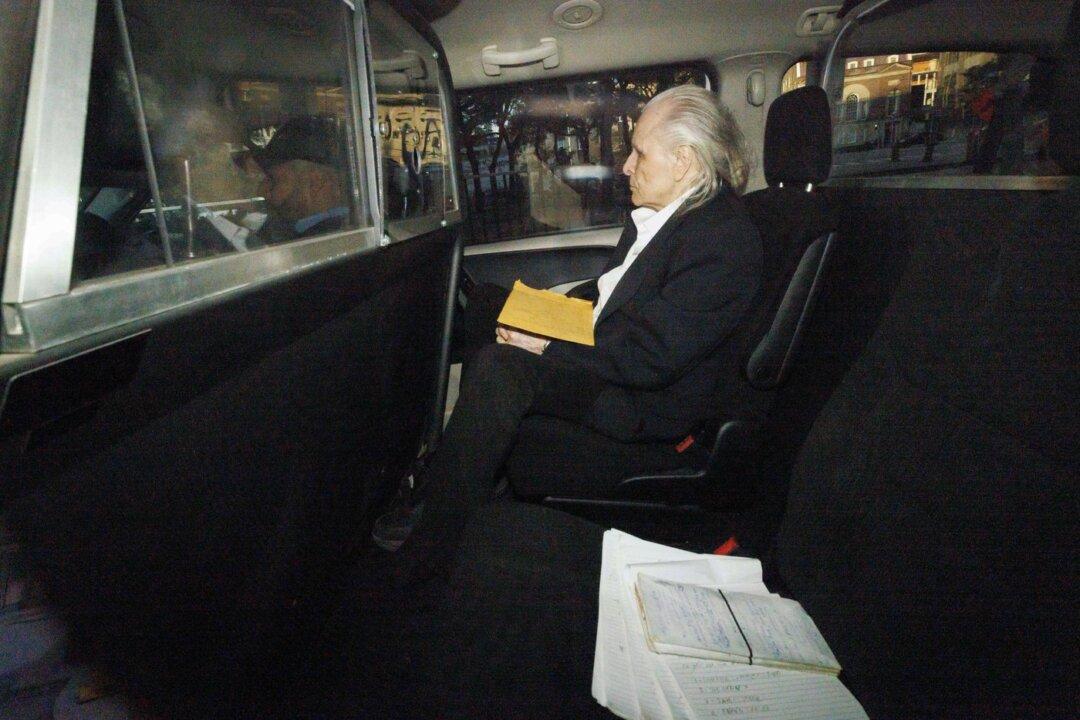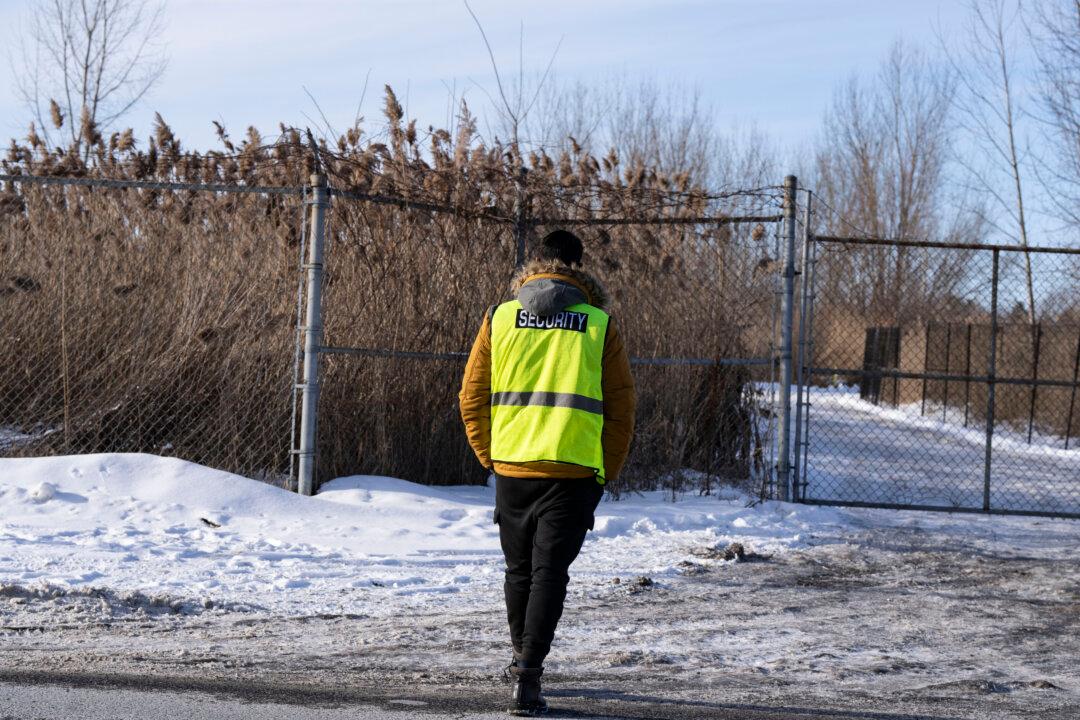EDMONTON—Another new species of dinosaur with a bizarre and elaborate array of horns and shields on its face has emerged from the hills and hoodoos of southern Alberta.
“The rate of horned dinosaur discoveries in the last 10 years has probably gone up faster than any other group of dinosaurs,” said David Evans, a paleontologist with the Royal Ontario Museum who describes the new creature in a paper published Wednesday.
“The number of species has about doubled in the last 15 years.”
Last month, it was Regaliceratops peterhewsi, otherwise known as Hellboy for the tiny horns over its eyes that resemble those of the eponymous comic book character.
Now, it’s Wendiceratops pinhornensis, known to friends as Wendy and named after legendary Alberta fossil hunter Wendy Sloboda, who made the discovery in 2010.
Like other ceratopsians, Wendy had a large, six-metre body, three horns on its face and a large, frilled bony shield around it. At 79 million years old, Wendy’s nose horn was surprisingly big for such an early member of the family.
But in other ways, Wendy is reinforcing the current understanding of how social behaviour affected the evolution of ceratopsians.
“Horned dinosaurs were social animals,” said Evans, pointing out that many of their fossils come from bone beds consisting of large numbers of individual dinosaurs.
Wendy, whose skeleton is currently on display at the Royal Ontario Museum in Toronto, is actually a composite of 200 different bones from at least four dinosaurs found in one of those beds.
Life in a herd means Wendy would have been subject to the social pressures of mating displays and holding off rivals, tasks for which horns are well suited. Evans compares ceratopsians to members of the deer family.
“If you look in the deer family or in antelopes and their kin, bodies are pretty (similar) but all of the species differentiation is primarily in the shapes of the horns,” he said.
Because the horns aren’t involved in hunting or flight, their shape isn’t limited by function, he said.
“If something’s for display, it’s not directly tied to getting food or outrunning predators. These features tend to be more variable and less optimized for their function.”
Stay tuned for more, equally strange-looking beasts from the remote past, Evans said.
“There are definitely more out there. We are in a golden age of dinosaur discovery here in Canada and we’re not plateauing yet.”
The next new species may already be emerging from one of his digs.
“We are working on a bone bed that has yet another amazing new horned dinosaur in it,” Evans said.
“There’s new dinosaurs in Grande Prairie that have yet to be described. New stuff is coming out of the foothills in Alberta.
“It’s absolutely certain we'll continue to have a high rate of discovery.”




